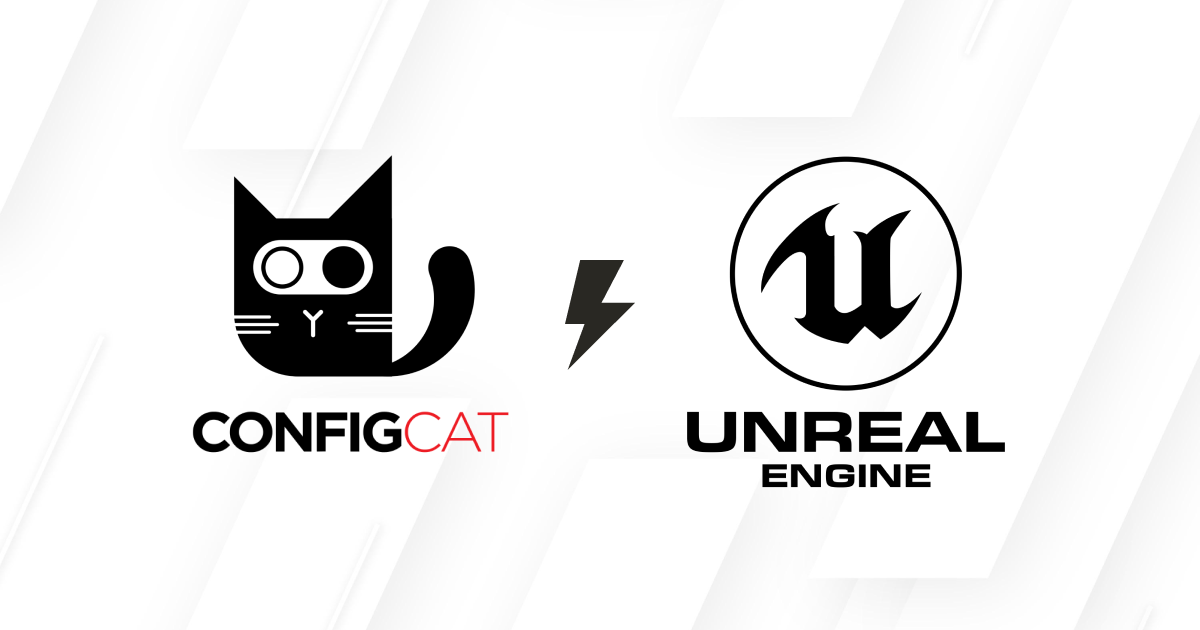Using Feature Flags in an Angular Application
In today's fast-paced digital landscape, users expect seamless, high-quality software experiences without interruptions. As developers, our challenge is introducing new features and updates without causing downtime. The solution? Feature flags. With feature flags, you can safely roll out new features gradually, ensuring your application remains fully operational while the development process continues.












